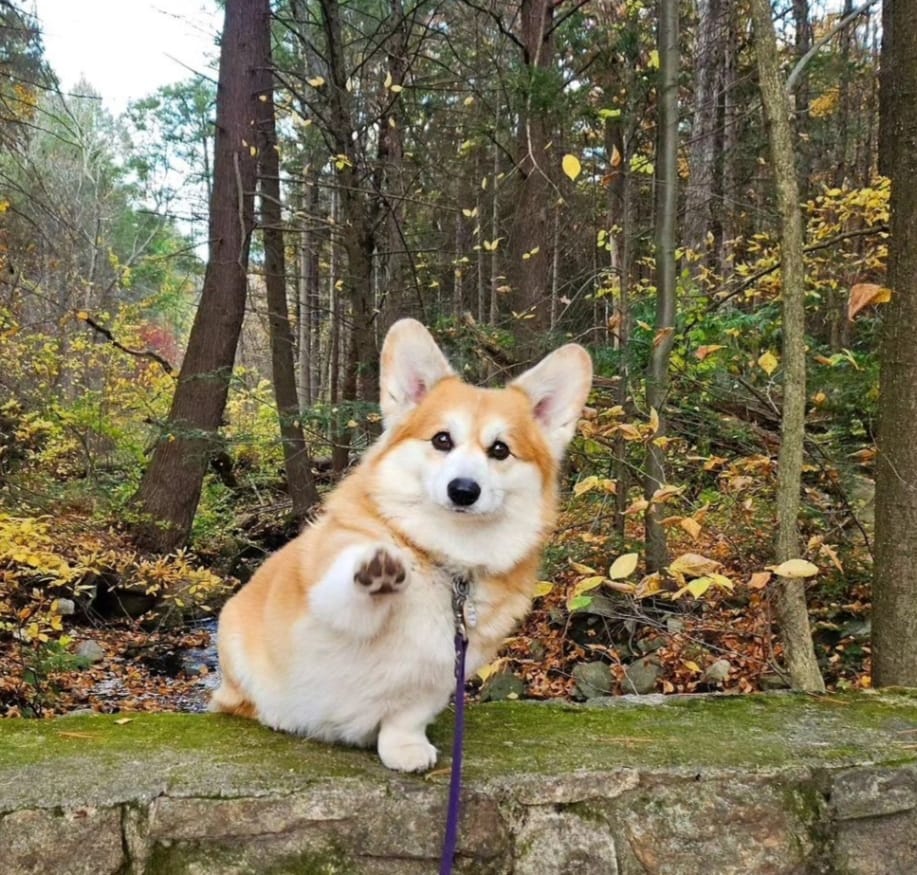Table of Contents
ToggleIntroduction to Corgis
Corgis, with their charming demeanor and distinctive appearance, has long been adored by dog enthusiasts worldwide. One of the most striking features of it is their short legs, which raise intriguing questions about the science behind their unique stature. In this comprehensive exploration, we delve into the evolutionary, genetic, anatomical, and behavioral aspects that contribute to the phenomenon of its short legs, shedding light on the fascinating quirks of nature that make these beloved canines truly special.
Evolutionary Background
The story of Corgis’ short legs begins with their origins in Wales, where they were primarily bred for herding purposes. As indispensable members of the workforce on Welsh farms, it needed to be agile and swift to navigate rugged terrain and herd livestock effectively. Over centuries of selective breeding, traits conducive to herding, including their compact size and short legs, were favored by breeders seeking to develop the perfect herding companion.
Genetics of Short Legs
At the heart of it’s distinctive physical appearance lies a complex interplay of genetic factors. Recent research has identified specific genes associated with dwarfism, such as the FGF4 retrogene, which play a crucial role in determining the length of it’s limbs. This genetic mutation affects the development of long bones, resulting in shorter legs compared to other dog breeds. Additionally, genes governing body size and proportion contribute to Corgis’ overall compact build, further accentuating their unique stature.
Comparative Anatomy
A closer examination of it’s legs in comparison to those of other dog breeds reveals intriguing differences in anatomy. While most dogs exhibit longer legs relative to their body size, Corgis stand out with their notably short limbs. Despite their diminutive size, Corgis possess a remarkable degree of agility and endurance, thanks to the efficient design of their musculoskeletal system. Their low center of gravity and sturdy build enable them to navigate challenging terrain with ease, making them well-suited for their historical role as herding dogs.
Adaptive Advantages
Corgis’ short legs confer several adaptive advantages that have contributed to their success as working dogs and beloved companions. In the context of herding, their compact stature allows them to maneuver swiftly through dense vegetation and tight spaces, making them highly effective at rounding up livestock. Additionally, their short legs provide them with a low center of gravity, enhancing their stability and agility during sudden changes in direction or speed. These adaptations not only serve practical purposes but also contribute to the endearing charm and personality that Corgis are known for.
Behavioral Adaptations
The unique anatomy of Corgis’ short legs influences their behavior and movement patterns in various contexts. Despite their small stature, Corgis exhibit a fearless and assertive demeanor, traits that are essential for their role as herding dogs. Their energetic nature and playful disposition are further accentuated by their ability to zip around with surprising speed, captivating the hearts of their owners and admirers alike. Observations of Corgis in both working and domestic settings reveal how their physical attributes shape their interactions with the environment and those around them.
Practical Implications
Corgis’ short legs have practical implications for their health, care, and well-being. Owners must be mindful of their pet’s unique physical traits and take proactive measures to ensure their comfort and safety. Proper nutrition, regular exercise, and preventive healthcare are essential for maintaining Corgis’ overall health and mobility. Additionally, accommodations may be necessary to minimize strain on their joints and prevent potential health issues associated with dwarfism, such as intervertebral disc disease and hip dysplasia.
Conclusion
In conclusion, the science behind Corgis’ short legs offers a fascinating glimpse into the intricate workings of nature’s design. From their evolutionary origins as herding dogs to their modern-day status as beloved companions, Corgis embody the perfect blend of form and function. By unraveling the genetic, anatomical, and behavioral mysteries behind their unique stature, we gain a deeper appreciation for the wonders of the natural world and the remarkable diversity of life on Earth. In celebrating the quirks of nature that make Corgis truly special, we honor the enduring bond between humans and their canine companions, a bond that transcends time and enriches our lives in countless ways.
To know more about Corgis visit WIKIPEDIA.
If you liked this article do follow our site TIMES DIGEST for more such exclusive content.











